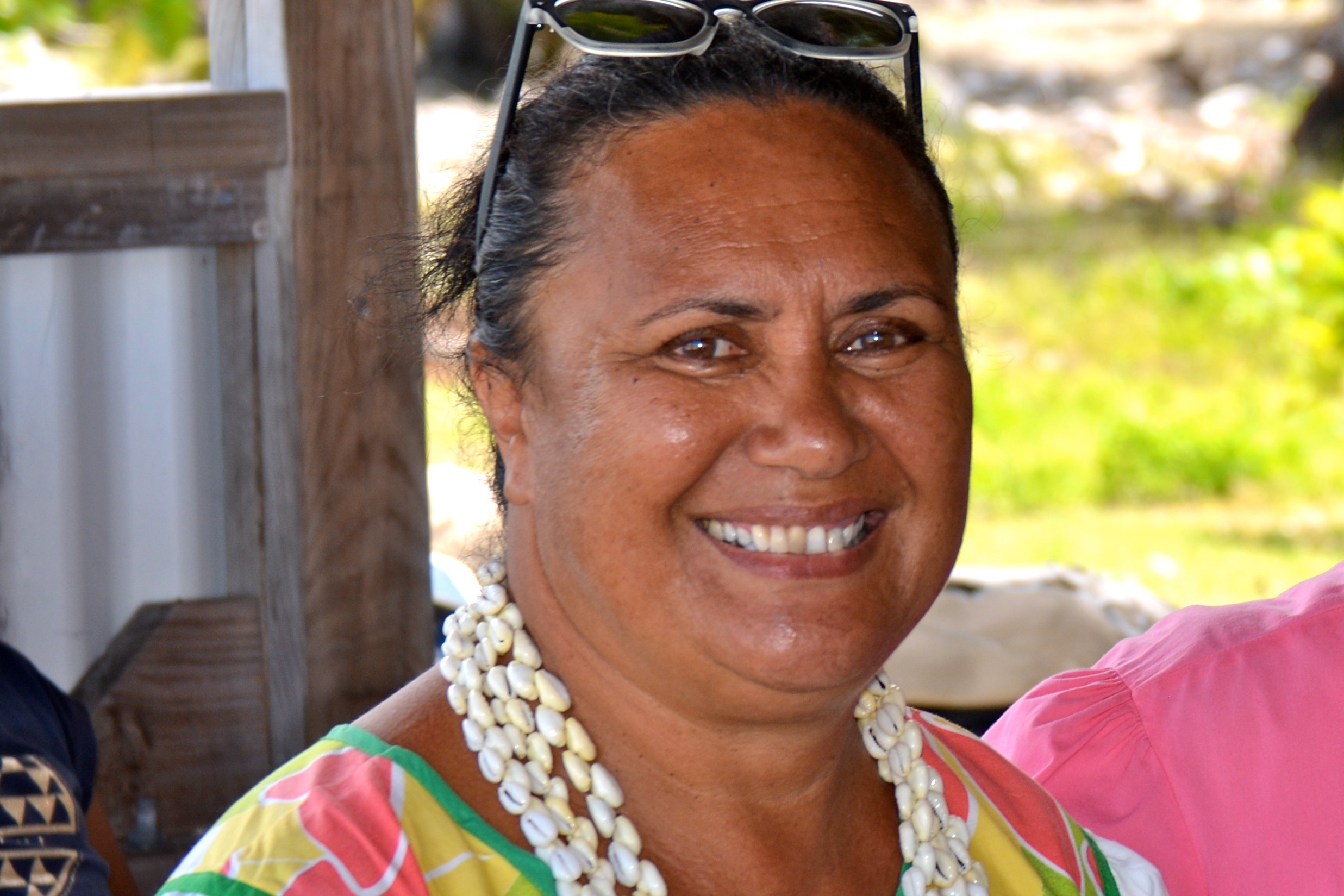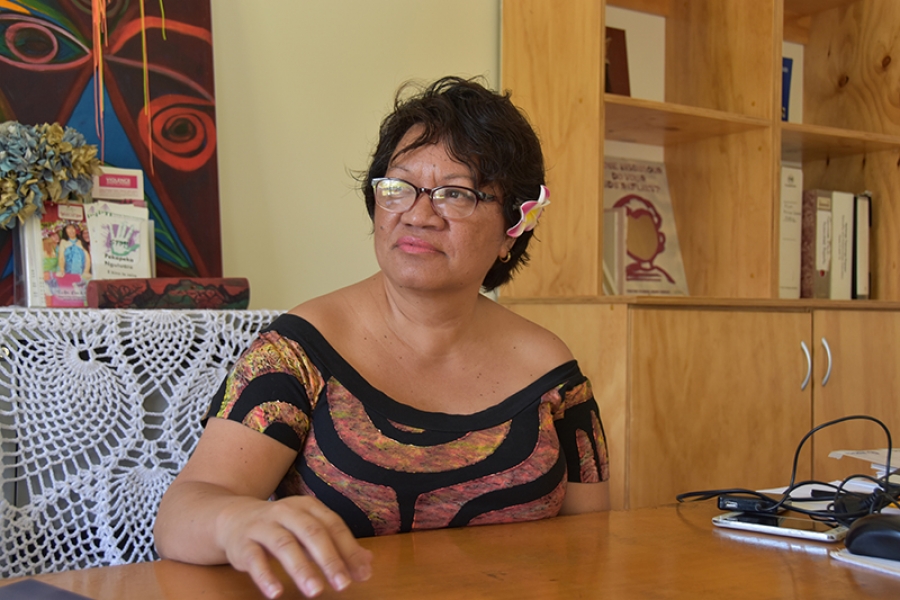In 1965, record numbers of scientists travelled to Manuae to witness a total solar eclipse, only to be disappointed by cloudy skies – in much the same way that astronomers were cheated by the weather on Mangaia last weekend.
The Pacific Islands Monthly reported in 1965 that the Manuae eclipse brought a “black disappointment to the scientists of six nations”, and noted that 85 people travelled from the UK, New Zealand, Australia, Japan, Russia and the US to the “solar eclipse island”.
A Cook Islands delegation – Tony Utanga, Rau Maeva, Tia Simpson and Stuart Kingan – also visited Manuae to study whether the eclipse affected radio signals.
(They concluded that signal strength was in fact much stronger than anticipated.)
Those on Manuae saw “only glimpses” of the eclipse, which the Pacific Islands Monthly article says relieved parents of children who had been warned not to look directly at the sun, but were likely to do so anyway.
To commemorate the occasion, government released a special stamp on May 31 bearing the image of a coconut palm and a partially-eclipsed sun.
Those on Rarotonga in 1965 might remember ear-splitting explosions at the time of that solar eclipse.
American scientists fired five Nike-Tomahawk rockets 300,000 feet in the air so as to measure low-energy X-rays from the sun. Some local residents, however, clearly remember seven explosions.
One Rutaki woman said that she and other locals were suspicious of the rockets, as “no one ever mentioned why they (the scientists) brought them here”.
The rockets were fired from Andy Thompson’s property in Rutaki, and Thompson still has in his possession a helmet signed by the scientists responsible for launching them.















































